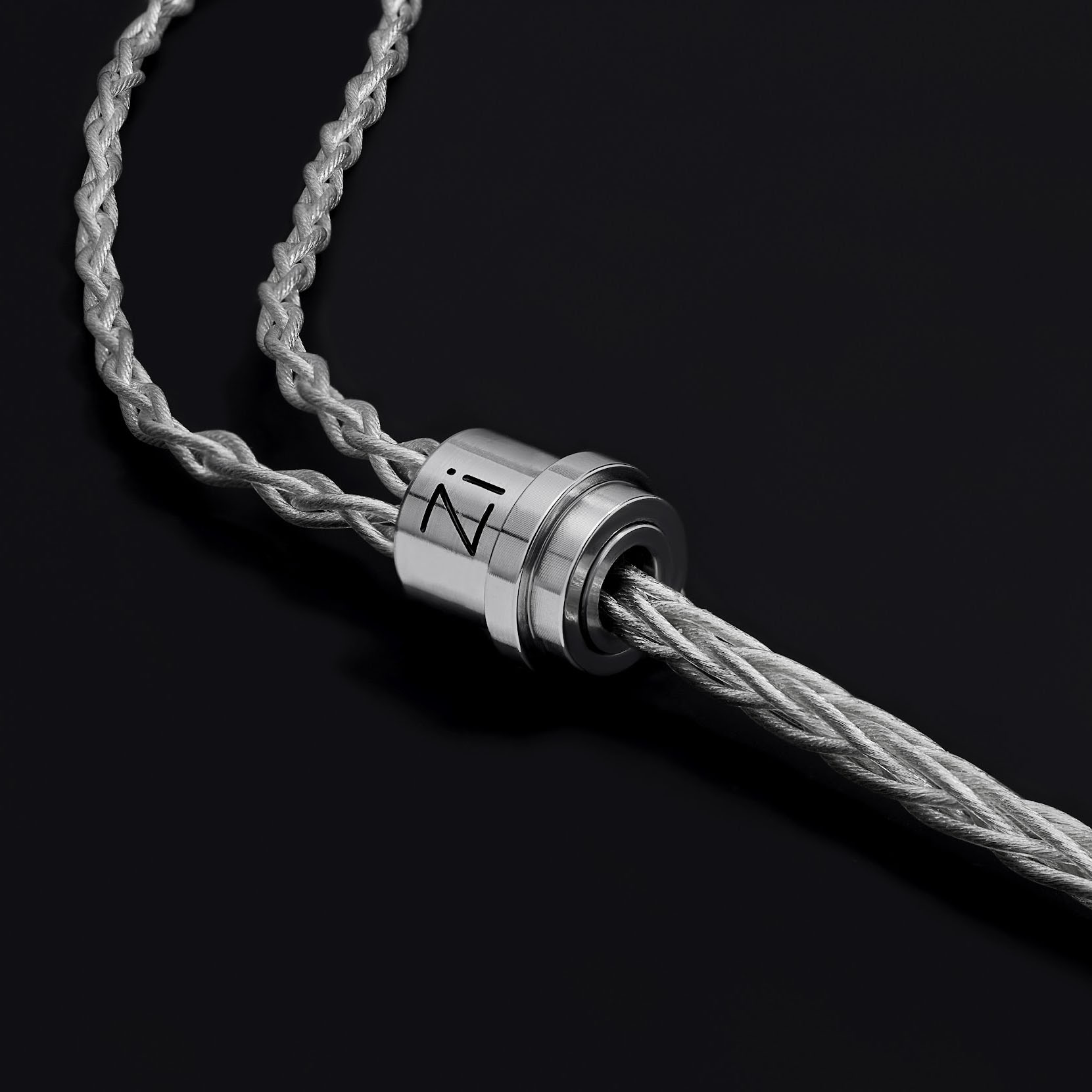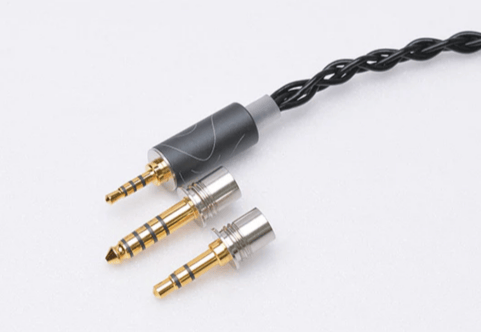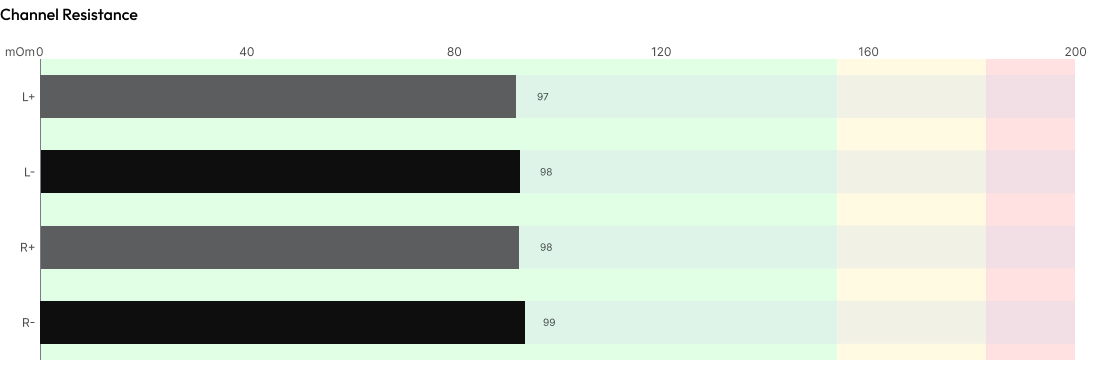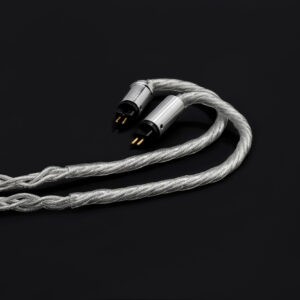
IEM Cable Types: Complete Guide
- By zikman.audio
Choosing the right cable for your IEM (In-Ear Monitor) headphones is a crucial task for any audiophile. Sound quality, wearing comfort, and durability all depend on the conductor material, number of wires, type of insulation, and other characteristics. In this guide, we’ll walk through the key factors to consider when selecting an audio cable to help you get the most out of your music.
IEM Cable Types by Conductor Material
The choice of conductor material defines the overall sonic character of the cable. Here are the most common types:
Copper
Copper cables offer warm, rich sound. High-purity copper, such as 7N OCC, provides improved resolution, resulting in cleaner and more detailed audio. This type of cable is ideal for listeners who enjoy a natural and comfortable tone with strong bass.
Copper Purity and Types
The audio cable market includes several copper types:
- Standard copper (≈99% purity) – basic quality.
- OFC (Oxygen-Free Copper) – 99.99%+ purity, more resistant to oxidation.
- OCC (Ohno Continuous Cast Copper) – from 5N to 7N (99.999%–99.99999%) with minimal grain boundaries for ultra-pure signal transfer. The higher the copper purity, the better the resolution, naturalness, and transparency of the sound.
Silver-Plated Copper and Silver-Copper Alloys
These offer a blend of copper’s warmth and silver’s clarity, though they don’t fully replicate the properties of pure copper or pure silver alone. It’s an affordable, balanced option for users looking to slightly expand soundstage and highlight high-frequency detail.
Copper vs. Silver IEM Cable: Comparison Table
| Feature | Copper | Silver |
|---|---|---|
| Sonic Character | Warm, rich sound with strong bass | Bright, clear sound with detailed highs |
| Bass Response | Strong, full bass | Lighter bass response |
| High-Frequency Detail | Moderate high-frequency detail | Excellent high-frequency clarity |
| Resolution | Improved with high-purity copper (OCC) | Ultra-clarity with pure silver |
| Ideal For | Natural, comfortable tone with strong bass | Enhanced treble and clarity |
Copper and Silver in the Same Cable
Combining copper and silver wires within the same signal path brings out the best of both worlds. Silver enhances treble airiness and precision, while copper adds warmth and depth to bass. This is one of the most balanced and high-performing configurations, used in the Zikman Tiber and Zikman Tiber Elegance cables.
Hybrid Technologies: Palladium, Gold, Cryogenic Treatment
Cables with special coatings or treatments (palladium plating, gold plating, cryogenic processing) can add sonic coloration and texture. Materials like gold and palladium have lower conductivity, creating a slightly warmer, smoother tone at the expense of some resolution. These are great for those who appreciate musicality and character.
Soft vs. Stiff Cables: Which Should You Choose?
Soft Cables
- Comfortable to wear
- Reduce microphonics (unwanted cable noise)
- Perfect for portable use
− Slightly less durable than stiff cables
Stiff Cables
- More durable
- Stylish and premium-looking
- Resistant to physical wear
− Transfer clothing noise
− Heavier and bulkier
Conclusion: For portable listening, soft cables are ideal. For home or studio use, go with what feels best for you.
Why Litz Wire Matters
Litz wire technology coats each individual strand with enamel to eliminate the skin effect, where high frequencies travel along the outer edges of the conductor, reducing clarity. Litz construction ensures uniform signal distribution and protects against oxidation, as seen in the Danube OCC Litz Cable.
Wire Count: 4 Core vs. 8 Core vs. 16 Core IEM Cable
8-core braids have become the new standard, while 4-core designs are often found in entry-level models. More wires typically mean wider soundstage, but don’t dramatically alter the base tonal character. 16-core cables, while less common, offer even greater resolution and improved separation between instruments.
Shielding: Myth or Must-Have?
Shielding protects against EMI (electromagnetic interference), but in IEM cables, it’s generally unnecessary due to:
- No grounding in portable sources, so the shield floats.
- High signal level in IEMs, making them more resistant to interference than interconnects.
- Shielding increases stiffness and weight.
If you’re in an environment with lots of EMI, partial shielding may be justified, but in most cases, it adds little value.
Cable Weight: Is It Critical?
For portable setups, lightweight cables are key—they reduce pressure on ear hooks and ears. Cables over 60g may cause discomfort for some users. In stationary setups, weight is less of an issue.
All Zikman standard-series cables weigh 40–45 grams, while Elegance-series cables average 53–56 grams.
| Model Line | Weight |
|---|---|
| Standard series | 40–45 g |
| Elegance series | 53–56 g |
Interchangeable Connectors: Convenience or Compromise?
Swappable IEM Pins (2-Pin, MMCX, Pentaconn Ear)
Most high-end cable brands now use interchangeable pin systems, allowing compatibility with different IEMs. Common connectors include:
- 2-Pin and MMCX – most widely used.
- Pentaconn Ear – gaining popularity.
Note: Testing shows no noticeable sound difference between fixed and swappable pin designs, despite the extra contact point.
Swappable Audio Plugs (3.5 / 2.5 / 4.4 mm)
Interchangeable plugs offer convenience for users who switch between sources.
However, this part of the cable experiences the highest mechanical stress, and over time users of various brands frequently report:
- developing looseness,
- intermittent contact,
- wear in the locking mechanism.
Because the plug end is subjected to repeated insertions and cable movement, modular plug systems typically fail sooner than fixed terminations.
Our Approach
For these reasons, Zikman cables use fixed plugs as the default option to ensure maximum durability and reliability.
For customers who request interchangeable plug modules in a custom build, we can add this configuration,
but we cannot extend standard warranty coverage to it, due to the inherently lower mechanical reliability of modular plug systems.
Cable Resistance: One of the Most Critical Parameters
The electrical resistance of an IEM cable is extremely important. Each channel should measure no more than 150 milliohms, and — even more crucial — both channels must be very close to each other. If resistance differs, channel balance and the overall behavior of your audio chain can be affected.
Every Zikman cable comes with a digital Cable ID passport, where the resistance of each channel is documented and matched. This allows you to verify that the cable operates exactly within specification. You can request this parameter from any manufacturer or seller before purchasing: reputable builders always have a milliohmmeter for measuring this key metric.
Does Ear Hook Shape Matter?
Yes — the shape of the ear hook matters a lot. It affects how the cable rests on the helix, how much pressure goes into the cartilage, and whether the hook stays in place when you move. Since every ear is different, there is no universal ear-hook shape, a tighter hook locks the IEM securely, while a softer and wider bend reduces pressure and feels more natural for everyday listening. Cable weight also changes the experience — heavier cables pull more, and thinner hooks tend to press into the ear harder. For artists who route the cable behind the head, the hook geometry becomes even more important: they often need a more defined, stable curve that won’t slip during active movement.
At Zikman we use a freer, softer hook shape by default, because it works for most users without creating pressure hot-spots — but in custom builds we can shape the hook exactly the way the client needs, from tighter performance-style curves to completely hookless designs.
IEM Cable Insulation Materials
Cable jackets affect both flexibility and microphonic noise:
- Budget materials (PVC, basic PE) – stiffer and noisier.
- Advanced materials (PU, medical-grade PVC, Teflon, soft PE) – more flexible and quieter.
Conclusion
Your choice of IEM cable depends on personal preferences and usage scenarios:
- For warm sound – go for copper cables.
- For extra detail – try silver-plated copper or hybrids.
- For the highest fidelity – pick copper + silver in parallel.
- For portability – prioritize lightweight, soft cables.
- For desktop listening – follow your sonic taste.
Cable Selection Checklist: What to Consider
✔ Conductor type: Copper, OCC, SPC, or hybrid?
✔ Copper purity: 5N, 6N, 7N?
✔ Number of cores: 4 or 8?
✔ Braid style: Tight or loose?
✔ Litz construction: Are strands individually coated?
✔ Connector type: Pins and plug compatible with your IEMs?
✔ Weight: Comfortable for long use?
✔ Insulation: Soft or stiff?
✔ Ear hook shape: Tight, loose, or custom geometry?
✔ Cable routing style: Standard over-ear or behind-the-head for stage use?
✔ Interchangeable plugs: Needed or better to avoid for durability?
✔ Channel resistance: measured and channel-matched
✔ Shielding: Included, and is it really needed?
Knowing these specs will help you find the perfect cable to unlock the full potential of your IEMs.
We will answer all your questions about IEM cables and help you determine exactly what you need





